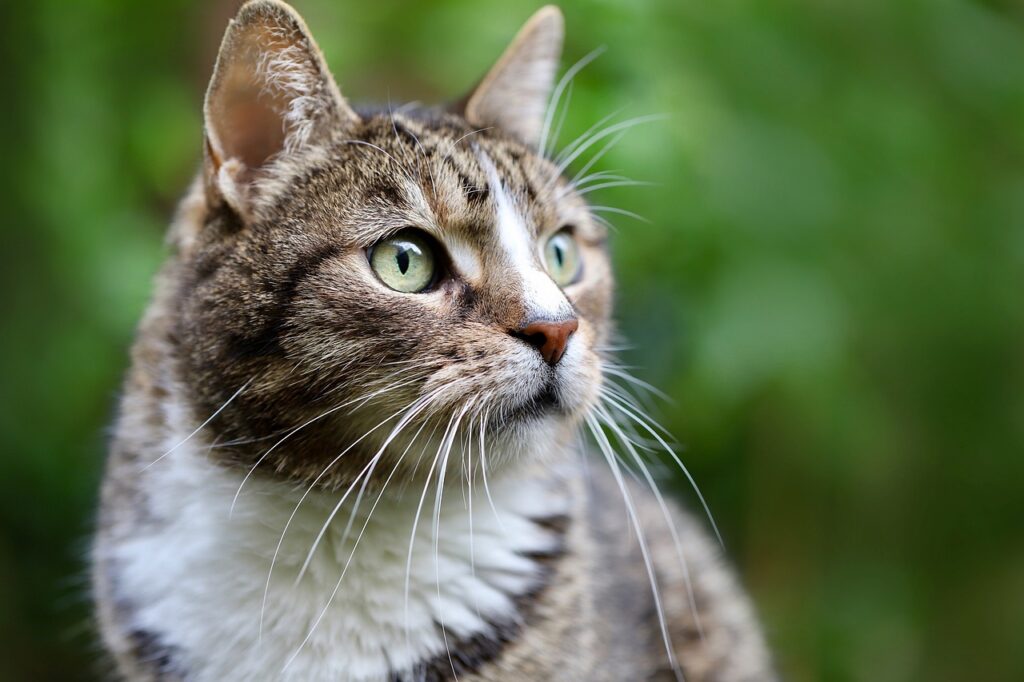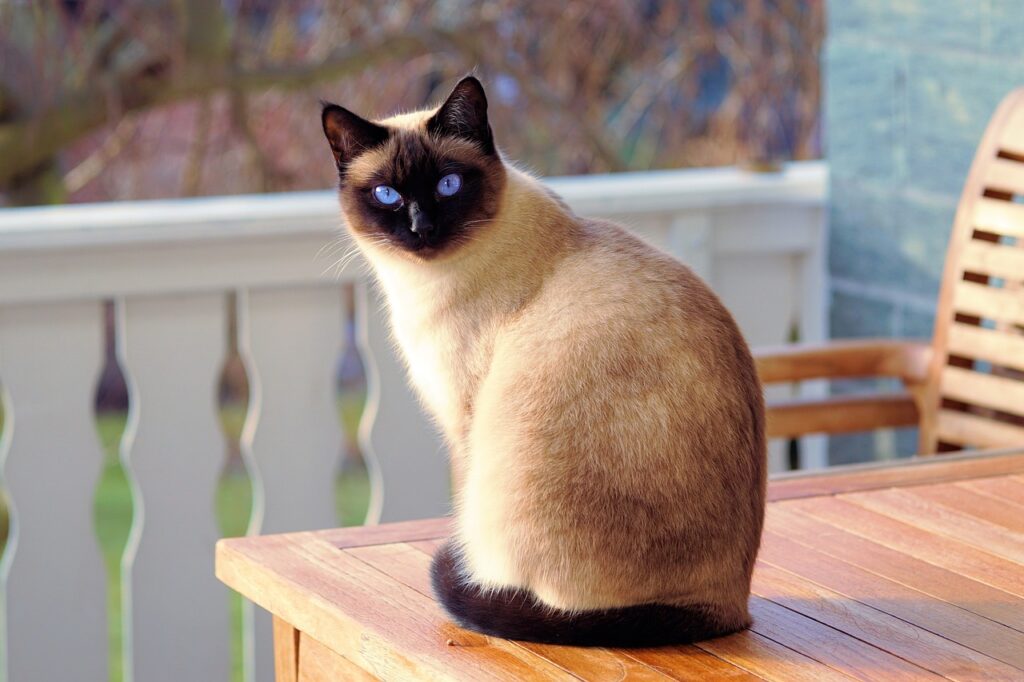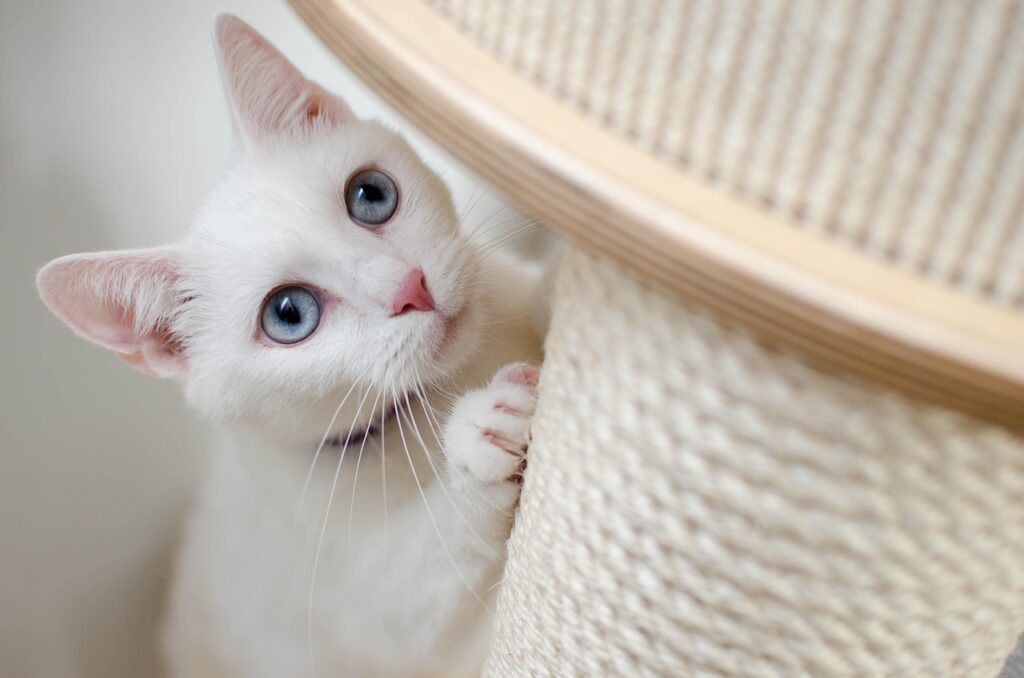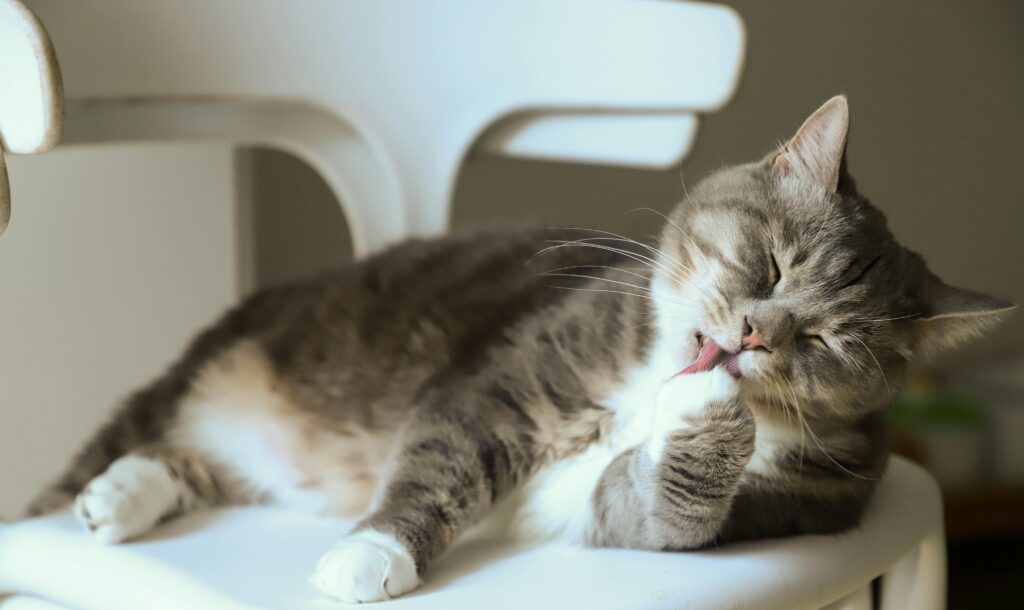Cats are often seen as low-maintenance pets, but indoor cats require physical and mental stimulation to stay happy and healthy. Without sufficient exercise, indoor cats can become bored, develop behavioral problems, or struggle with weight gain. Whether you’re a seasoned cat owner or a new pet parent, this guide will walk you through practical ways to keep your feline friend active and entertained.
Why Do Indoor Cats Need Exercise?
Indoor cats miss out on the natural stimulation that outdoor cats experience, such as climbing trees, hunting, and exploring. Exercise isn’t just about physical health; it also boosts mental well-being, reducing stress and anxiety in cats. Regular exercise can help prevent common health issues like obesity, diabetes, and joint problems, ensuring your cat lives a long and happy life.
How Much Exercise Do House Cats Need?
The general rule of thumb is that cats should have at least 20-30 minutes of moderate to vigorous activity each day. However, every cat is unique. Age, breed, and personality can influence how much exercise they need. Kittens, for instance, are bundles of energy and require more playtime, while older cats might prefer shorter, low-impact sessions.
How Do I Exercise My Indoor Cat?
Exercising your indoor cat doesn’t have to be complicated. Here are some tried-and-true methods to get your cat moving:
1. Interactive Toys
Interactive toys are a fantastic way to encourage your cat to chase, pounce, and play. Wand toys with feathers or strings mimic prey, triggering your cat’s hunting instincts. Laser pointers can also be a hit, but make sure to end the session with a tangible toy they can “catch” to avoid frustration.
2. Puzzle Feeders
Puzzle feeders turn mealtime into a workout. These devices dispense kibble or treats as your cat interacts with them, promoting mental and physical engagement. This is especially useful for food-motivated cats.
3. Climbing and Scratching Posts
Cats love to climb and scratch—it’s in their nature. Invest in a sturdy cat tree or wall-mounted shelves to give your cat a vertical playground. Scratching posts also provide a satisfying outlet for their energy and help keep their claws healthy.
4. Play Hide and Seek
Hide toys or treats around the house and let your cat’s curiosity take over. This activity stimulates their natural hunting instincts and provides both physical and mental exercise.
5. Use Technology
Automated toys and apps designed for cats can keep your pet entertained even when you’re not around. Some gadgets even allow you to interact with your cat remotely via your smartphone.

How Do You Mentally Stimulate an Indoor Cat?
Mental stimulation is just as important as physical exercise. Cats are intelligent creatures that thrive on challenges. Here’s how to keep their minds sharp:
1. Rotate Toys
Cats can quickly lose interest in the same toys. Keep things fresh by rotating their toys every few days.
2. Introduce New Experiences
Set up a “cat TV” by placing a bird feeder outside a window or playing videos of birds and fish on your tablet. The sights and sounds will captivate your cat’s attention.
3. Training Sessions
Yes, you can train your cat! Teaching them tricks like “sit” or “high five” using treats can be a fun and rewarding way to engage their mind.
4. Cat Café Visits
If your cat is sociable and enjoys meeting new people or other cats, consider taking them to a local cat café (check “cat café near me”). These spaces often have toys, climbing structures, and plenty of stimuli to keep your cat entertained.
How to Exercise a Cat Who Won’t Play?
Some cats can be stubborn or uninterested in traditional play. Here’s how to motivate them:
1. Find Their Preferences
Every cat is unique. Experiment with different types of toys, from crinkly balls to soft plushies, to find out what excites them.
2. Schedule Playtime
Cats are creatures of habit. Scheduling play sessions at the same time each day can help them get into the routine.
3. Engage Their Curiosity
Use household items like paper bags, cardboard boxes, or crinkled paper to pique their interest. Cats often prefer simple things over expensive toys.
4. Incorporate Food
If your cat is food-motivated, use treats to encourage activity. You can toss treats across the room or hide them in puzzle feeders.

Real-Life Examples
1. Max the Reluctant Player
Max, a six-year-old tabby, refused to play with traditional toys. His owner discovered that Max loved chasing a crumpled piece of paper. They turned it into a daily game of fetch, which Max now looks forward to.
2. Luna and the Laser Pointer
Luna, a two-year-old Siamese, had boundless energy but quickly got bored with her toys. Her owner introduced a laser pointer and combined it with wand toys for variety. Now, Luna enjoys 30 minutes of vigorous play every evening.
Kittens for Adoption and Socialization
If you’re looking to adopt a kitten, consider searching for “kittens for adoption near me.” Bringing home a kitten can be a great opportunity to introduce healthy exercise habits early. Kittens are naturally curious and playful, making it easier to keep them active.

Conclusion
Exercising your indoor cat doesn’t have to be a daunting task. By understanding your cat’s needs and preferences, you can create a stimulating environment that promotes both physical and mental well-being. Whether it’s through interactive toys, training sessions, or trips to a cat café, there are countless ways to keep your feline friend happy and healthy.
Remember, a little effort goes a long way. Your cat will not only enjoy a better quality of life but also strengthen their bond with you. So grab that wand toy or set up a puzzle feeder, and let the fun begin!
